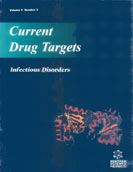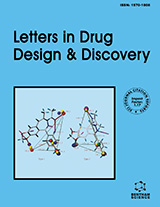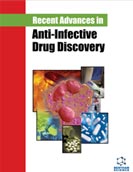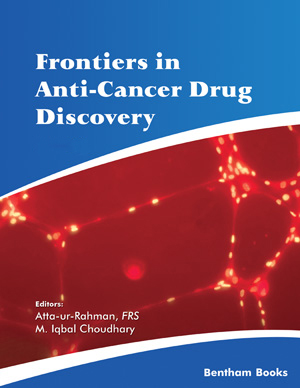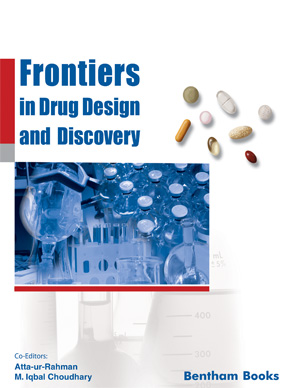Abstract
Allergic rhinitis is charterized as an inflammatory disease of the nasal mucosa. In clinical practice, H1-antihistamines and topical corticosteroids are most commonly used pharmacological agents for the treatment of allergic rhinitis. The beneficial effects of steroids depend upon their long-term anti-inflammatory effect rather than upon direct receptor antagonism. This is different to H1-antihistamines, which block both neural and vascular H1 receptors and have a clinical effect on symptoms such as nasal itching, sneezing, and rhinorrhea. H1-antihistamines are rapidly absorbed and most of them are metabolized by the hepatic cytochrome P system and begin to reduce nasal symptoms (itching and sneezing) within one hour. Understanding of both the efficacy and the pharmacological properties of these commonly used drugs in the treatment of nasal allergic inflammation and its related nasal symptoms is very important. From a clinical viewpoint, it will provide a useful guideline for an appropriate use of these drugs.
Keywords: Allergic Rhinitis, H1-Antihistamines, Intranasal Steroids
Current Drug Targets - Inflammation & Allergy
Title: Treatment of Allergic Rhinitis: H1-Antihistamines and Intranasal Steroids
Volume: 1 Issue: 3
Author(s): De-Yun Wang
Affiliation:
Keywords: Allergic Rhinitis, H1-Antihistamines, Intranasal Steroids
Abstract: Allergic rhinitis is charterized as an inflammatory disease of the nasal mucosa. In clinical practice, H1-antihistamines and topical corticosteroids are most commonly used pharmacological agents for the treatment of allergic rhinitis. The beneficial effects of steroids depend upon their long-term anti-inflammatory effect rather than upon direct receptor antagonism. This is different to H1-antihistamines, which block both neural and vascular H1 receptors and have a clinical effect on symptoms such as nasal itching, sneezing, and rhinorrhea. H1-antihistamines are rapidly absorbed and most of them are metabolized by the hepatic cytochrome P system and begin to reduce nasal symptoms (itching and sneezing) within one hour. Understanding of both the efficacy and the pharmacological properties of these commonly used drugs in the treatment of nasal allergic inflammation and its related nasal symptoms is very important. From a clinical viewpoint, it will provide a useful guideline for an appropriate use of these drugs.
Export Options
About this article
Cite this article as:
Wang De-Yun, Treatment of Allergic Rhinitis: H1-Antihistamines and Intranasal Steroids, Current Drug Targets - Inflammation & Allergy 2002; 1 (3) . https://dx.doi.org/10.2174/1568010023344625
| DOI https://dx.doi.org/10.2174/1568010023344625 |
Print ISSN 1568-010X |
| Publisher Name Bentham Science Publisher |
Online ISSN 1568-010X |
 2
2

